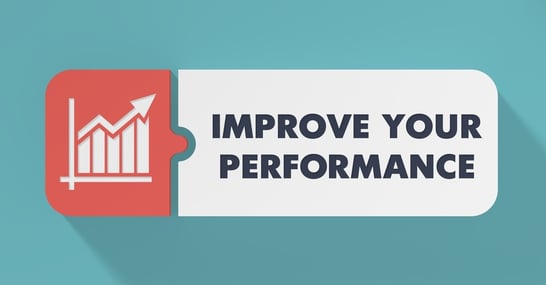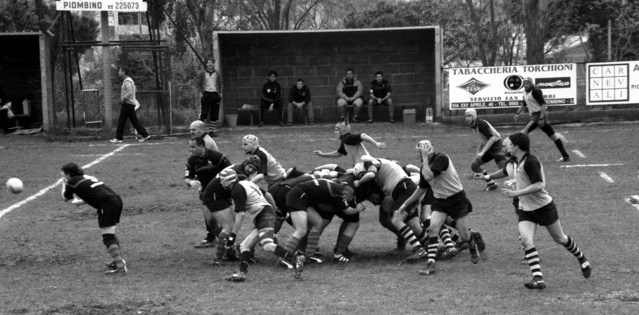RBW's Top 10 Quotes for Motivating Warehouse Teamwork
There is no "I" in team. It takes the contributions of a group of people to achieve great things, and warehousing is no different. You have...
2 min read
.jpg) Bob Willert
:
Apr 10, 2017 8:00:00 AM
Bob Willert
:
Apr 10, 2017 8:00:00 AM

A team is not just a group of fellow workers; it is an integrated, inter-acting, mutually respectful, and mutually involved group of fellow workers. Teams become teams when its members and their manager set out to develop it. It usually doesn’t happen automatically.
The basics of team building are to do with moving the “team dynamic” logically through three stages. The manager, and team members, do this by:
We covered them all in previous articles. OK, let’s begin with the three stages people go through to create a high-performing A-Team.
The Three Stages of Team Building
Developing the Team
The manager’s role is to help the team members to move through the three stages as efficiently as possible. It can happen quickly, but it must be planned.
The Take-Away
Getting an A-Team that is made up of motivated individuals, and performs perfectly goes in tandem with doing the jobs for which they are employed. By setting those two end goals, as discussed above, everyone will own them and will feel responsible for them. They will deliver the SPMI results for their clients, while growing as a high-performing team.

There is no "I" in team. It takes the contributions of a group of people to achieve great things, and warehousing is no different. You have...

Working in a warehouse environment is an important job that requires focus and caution. While it is important for workers to stay on task, there...

Successful logistics demands that everyone knows what they must do, they do it to standard, they keep improving, and they work as part of a team. ...